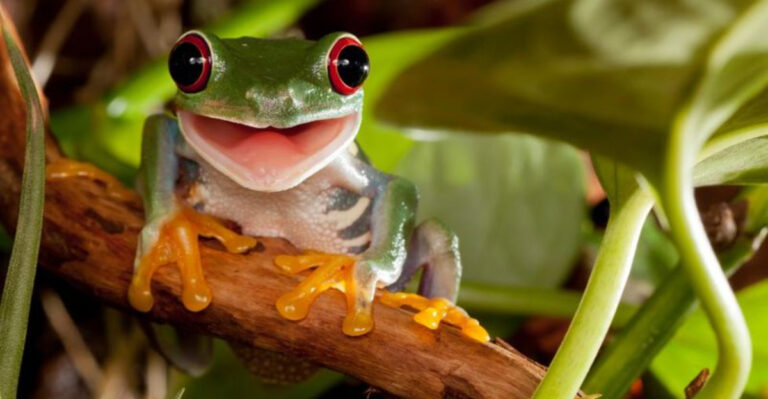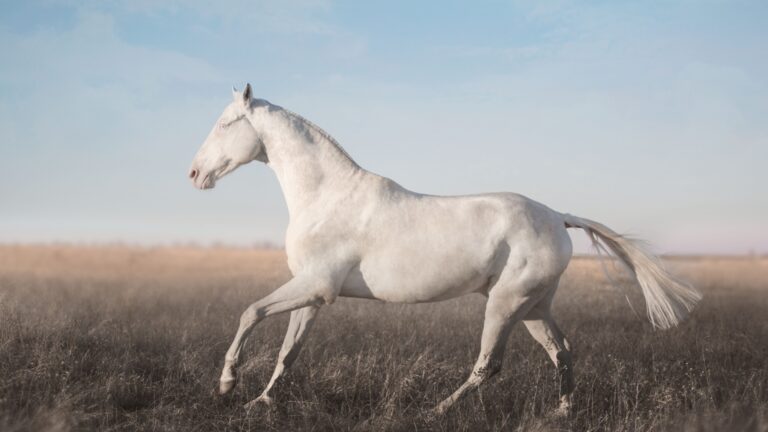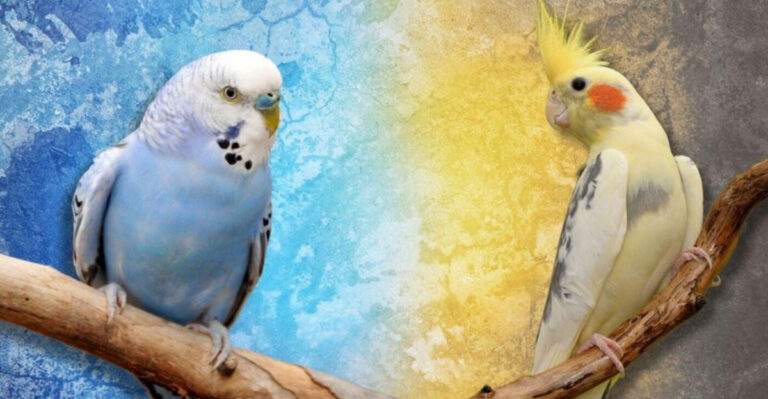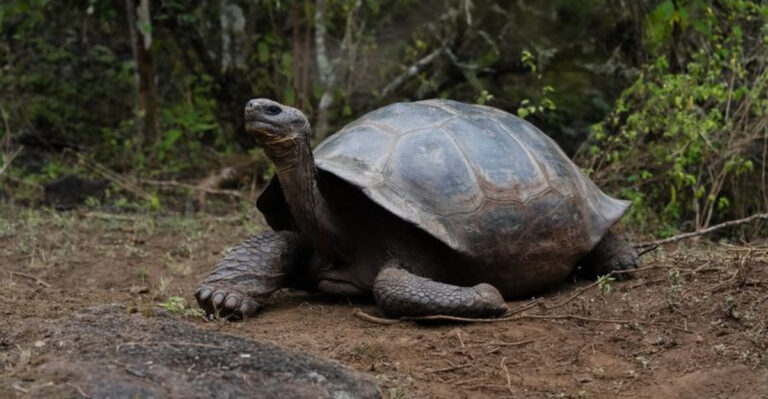17 Surprising Facts About The Red Fox: The Master of Adaptation
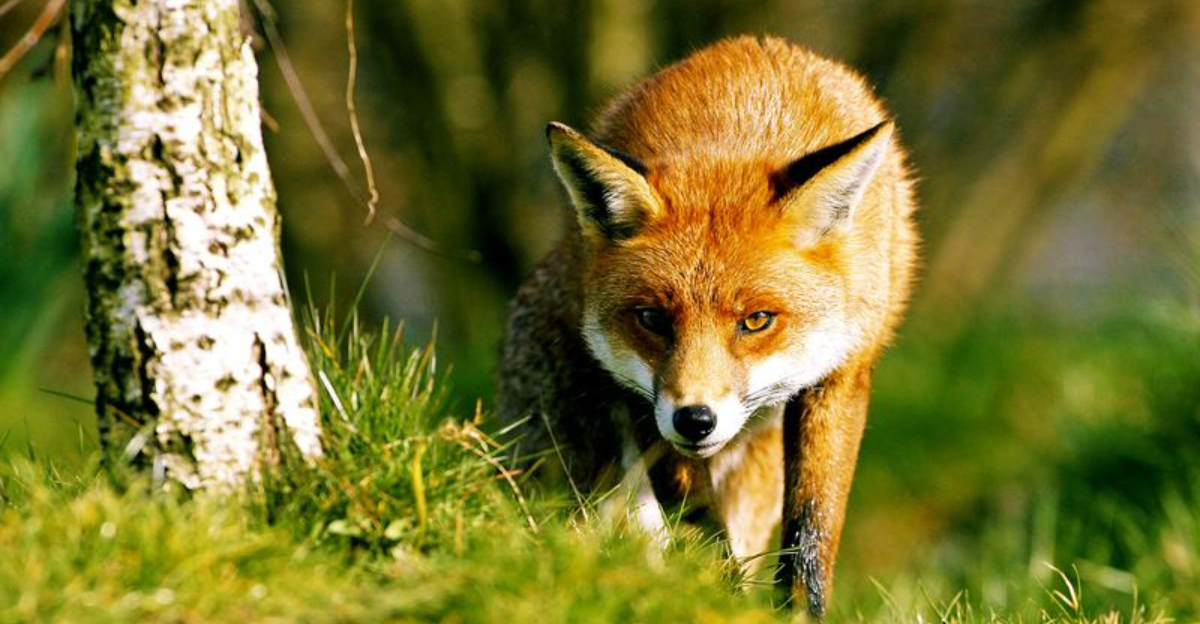
The red fox is a true master of adaptation, thriving in forests, fields, and even cities! With its sharp wit and quick thinking, this clever creature has found a way to survive just about anywhere.
From changing coats to clever hunting techniques, the red fox is full of surprises. Let’s explore some of the most fascinating facts about this adaptable and resourceful animal!
1. The Bushy Tail
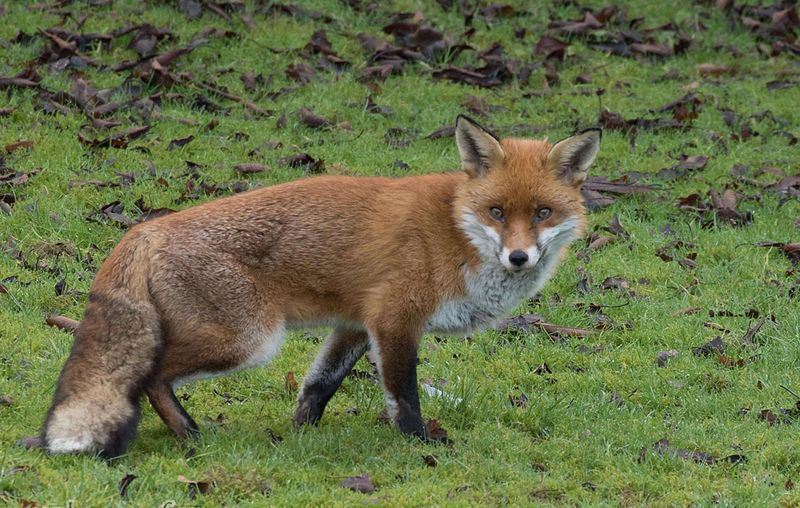
That bushy tail isn’t just for show! It acts as a warm blanket in winter, a balancing tool, and even a communication device.
When the wind howls or the cold bites, a fox’s tail is its cozy companion and signal flag.
2. Silent Hunters
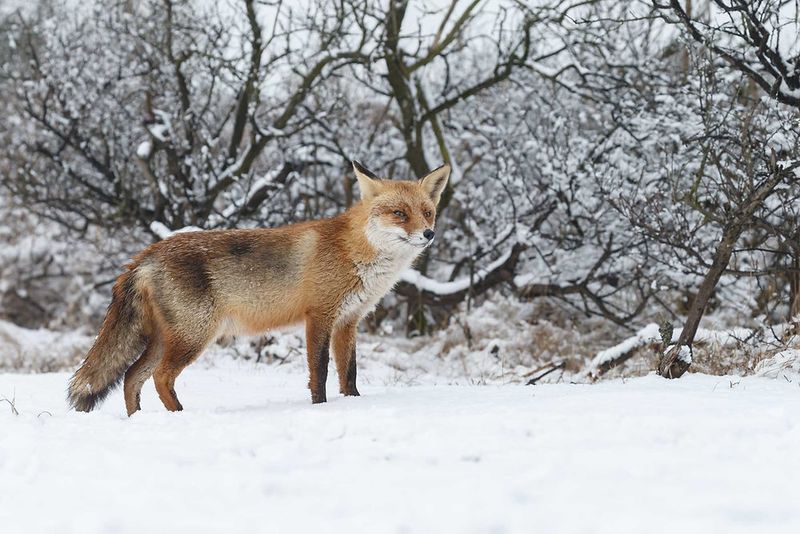
Foxes are the ninjas of the animal world. Equipped with impeccable hearing and silent footsteps, they can detect a mouse squeak from a football field away.
This stealth mode makes them successful hunters night and day, ensuring their place atop the food chain.
3. The Seasonal Coat
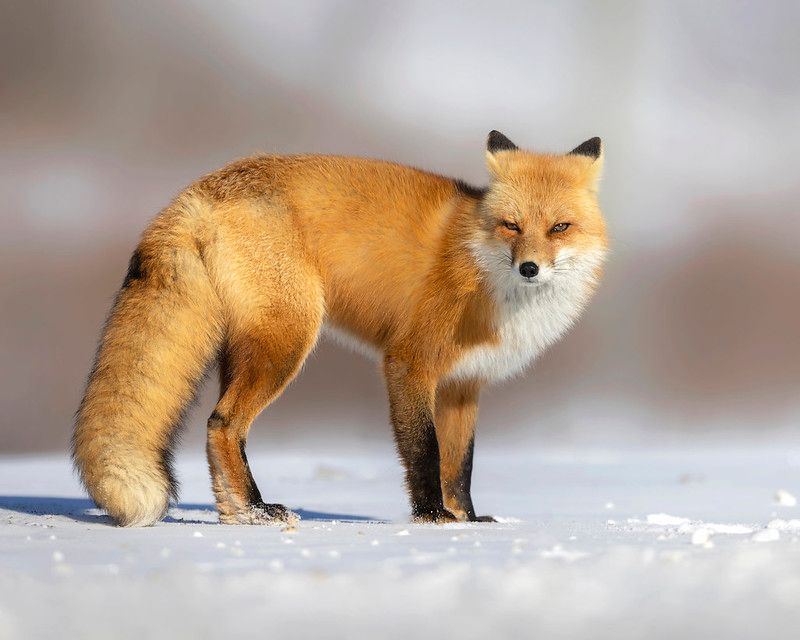
Ever the fashionista, the red fox changes its coat with the seasons. In winter, it flaunts a thick, lush pelt to combat the cold. As spring arrives, it lightens up, shedding fur to stay cool.
This seasonal wardrobe switch showcases their adaptability.
4. The Versatile Diet
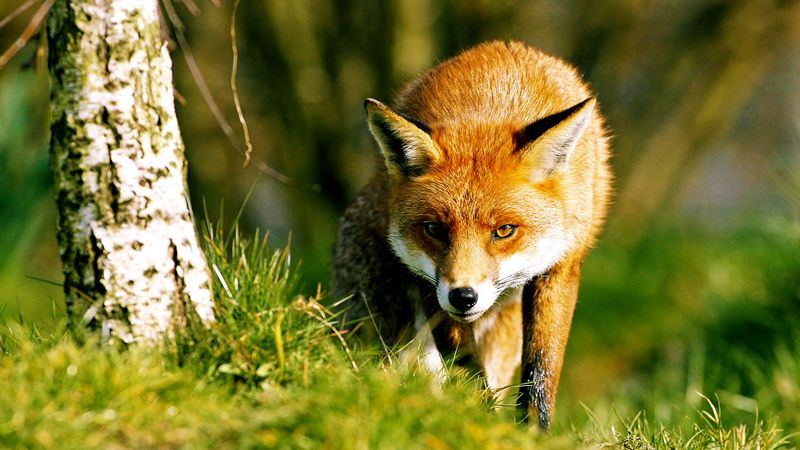
Red foxes have a menu as diverse as a gourmet buffet. From small rodents to fruits and, occasionally, fish, they enjoy it all.
Their adaptable diet helps them survive in various habitats, from forests to urban areas, showcasing their incredible resourcefulness.
5. The Playful Pounce
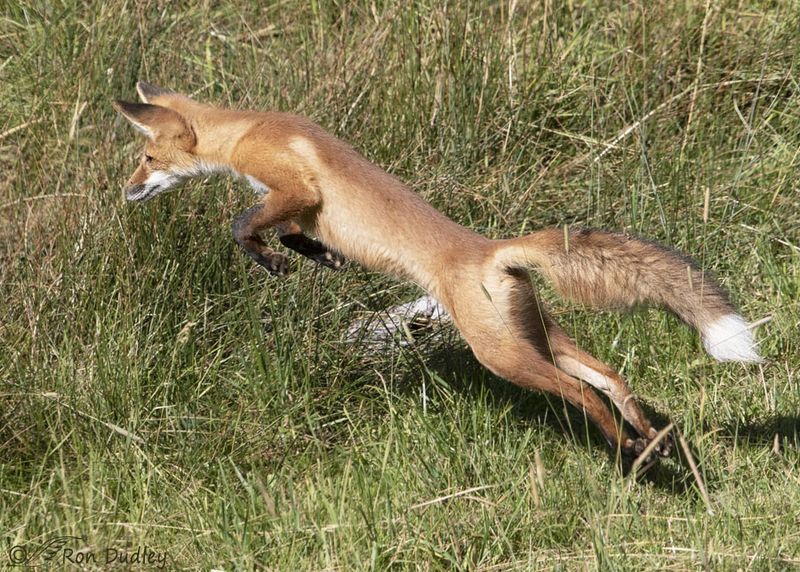
Foxes don’t just hunt; they put on a show! Their signature pounce, especially in snow, is both a hunting technique and a playful spectacle.
Watching a fox leap into the air is nature’s own performance art, blending precision and power.
6. The Urban Explorer
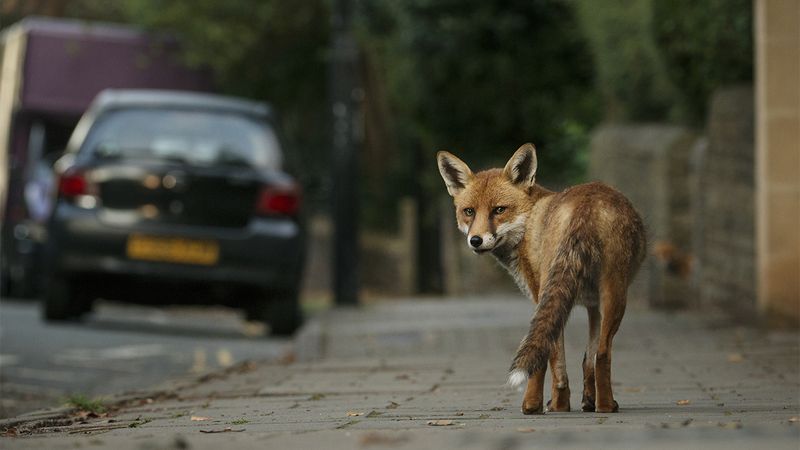
City life isn’t just for people! Red foxes have become savvy urban dwellers, adapting to parks and gardens as their new hunting grounds.
This urban exploration reflects their flexibility and intelligence, thriving alongside bustling human life.
7. Family Matters
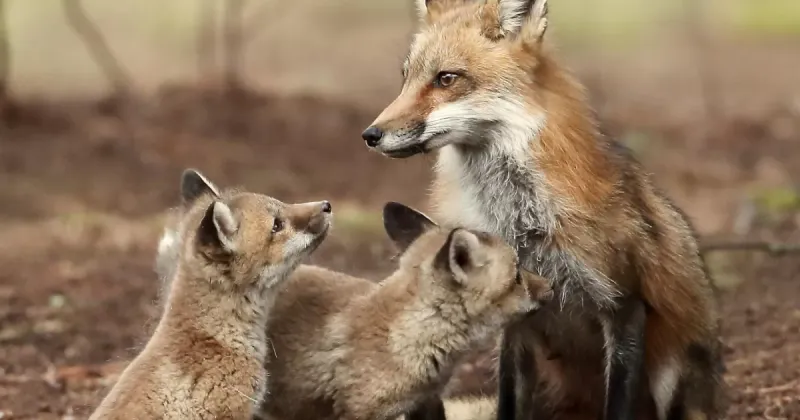
Family bonds run deep in the fox world. Kits stay with their parents until ready to venture out.
Parents work as a team, teaching survival skills and always keeping a watchful eye. This familial structure strengthens their survival odds.
8. The Color Variants

Not all red foxes are red! Some sport coats of silver, black, or even cross patterns.
These color variations, while rare, add to the allure and mystique of the species, showing that nature loves to keep us guessing.
9. The Solitary Wanderer
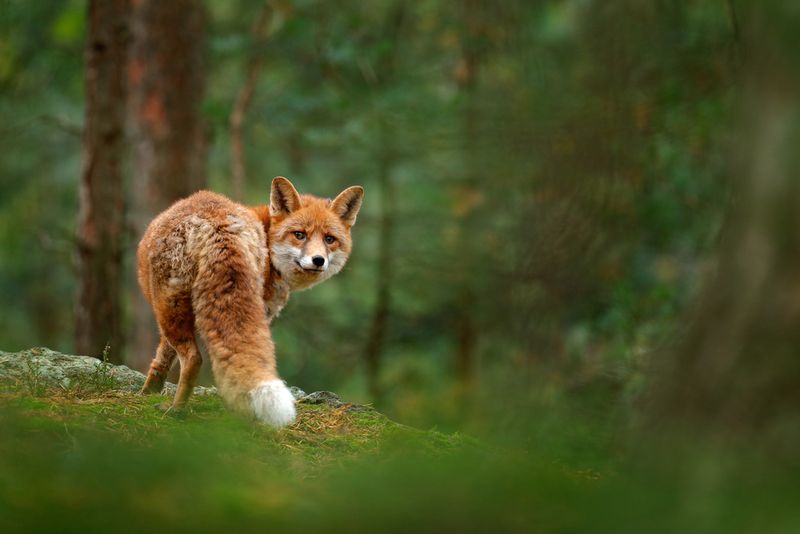
While foxes enjoy family time, they’re also solitary explorers. Once matured, they prefer to roam alone, hunting and navigating their territory.
This balance between social and solitary lifestyles makes them fascinating creatures.
10. The Digging Den
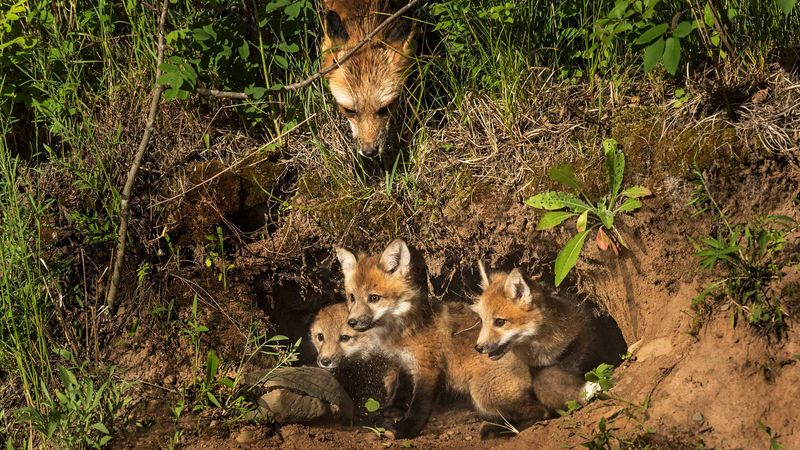
Foxes are expert diggers, creating elaborate dens for safety and rearing young. These dens can have multiple exits and chambers, showcasing their amazing engineering skills.
A fox’s den is its fortress and nursery in one.
11. The Communicative Calls
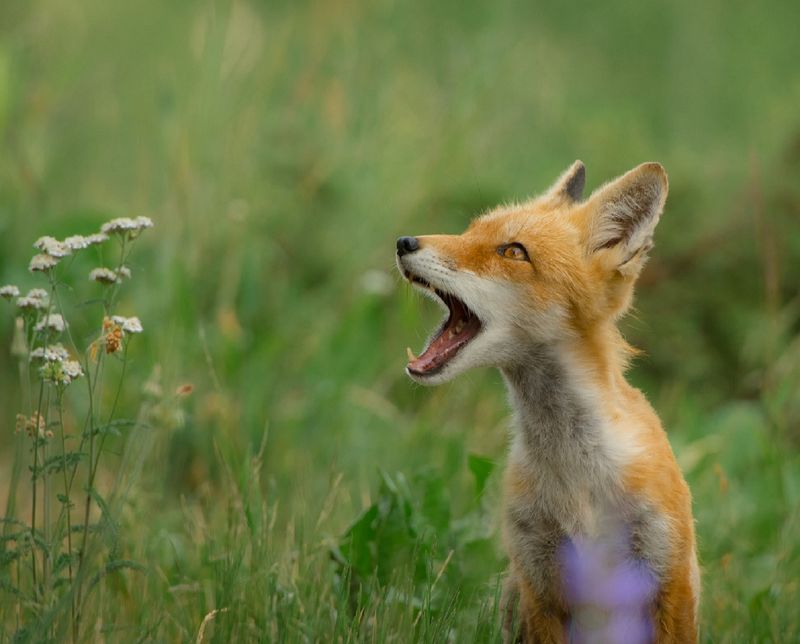
Foxes are chatterboxes with a repertoire of calls. From barks to screams, their vocalizations serve as warnings, mating calls, or simple greetings.
This language of the night paints the air with the sounds of the wild.
12. The Scent Markers
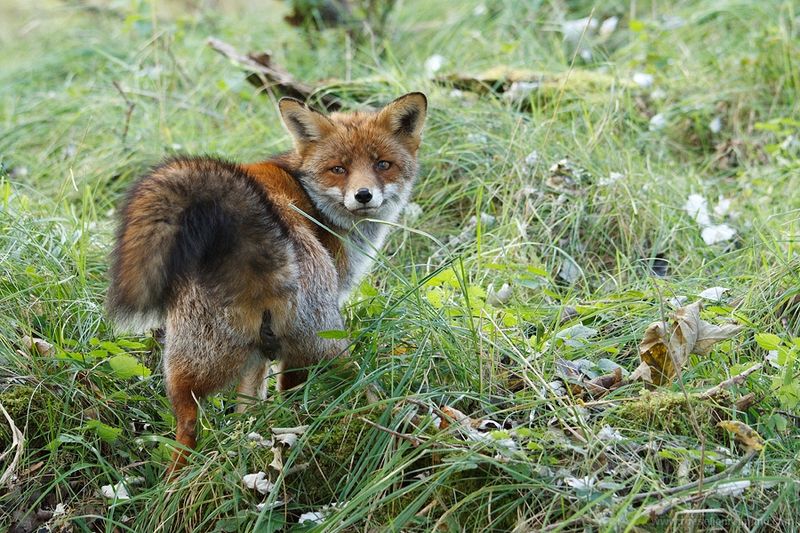
Scent marking is the fox’s way of leaving notes. They use urine and scent glands to mark territory or communicate with other foxes. ćMaintaining social order and territory boundaries relies on this olfactory messaging system.
13. The Night Vision

Foxes are night-time prowlers with excellent night vision. Their eyes reflect light, giving them an edge in the dark.
Their ability to hunt and explore under the cover of night adds to their mysterious aura.
14. The Resilient Survivor

Foxes are survivors. Whether facing harsh winters, human encroachment, or natural predators, they adapt and thrive.
This resilience is rooted in their versatile diet, clever strategies, and unwavering spirit. They are nature’s true comeback kids.
15. The Story Of Vulpes Vulpes
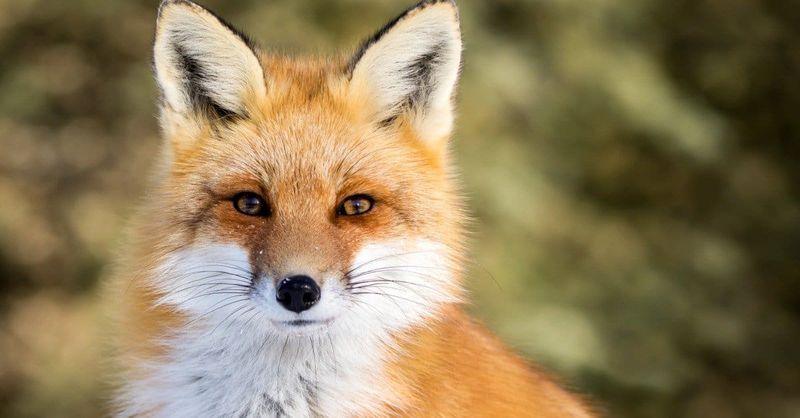
The red fox, scientifically known as Vulpes vulpes, is a global traveler. Its adaptability enables it to thrive in diverse environments, from North America to Asia.
Such widespread presence showcases its remarkable survival skills and evolutionary success.
16. The Mythical Symbol
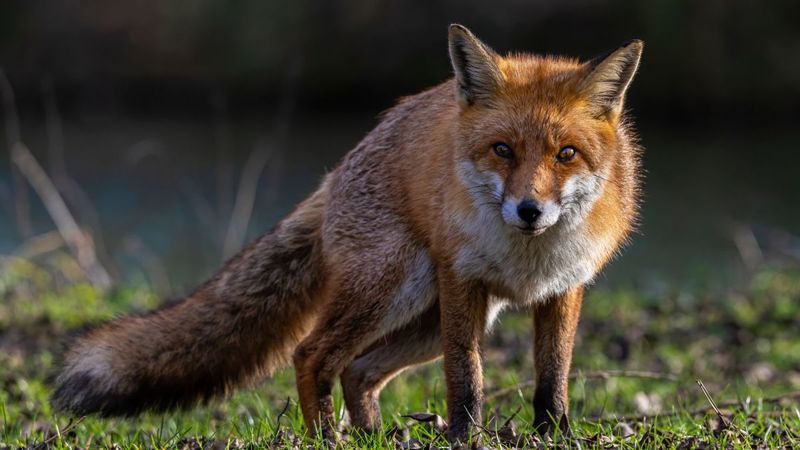
Foxes have a rich place in folklore, often portrayed as cunning or wise. Cultures across the world celebrate their mystique, reflecting human fascination with their intelligence and adaptability.
These mythical tales add layers to their already intriguing persona.
17. The Environmental Indicator
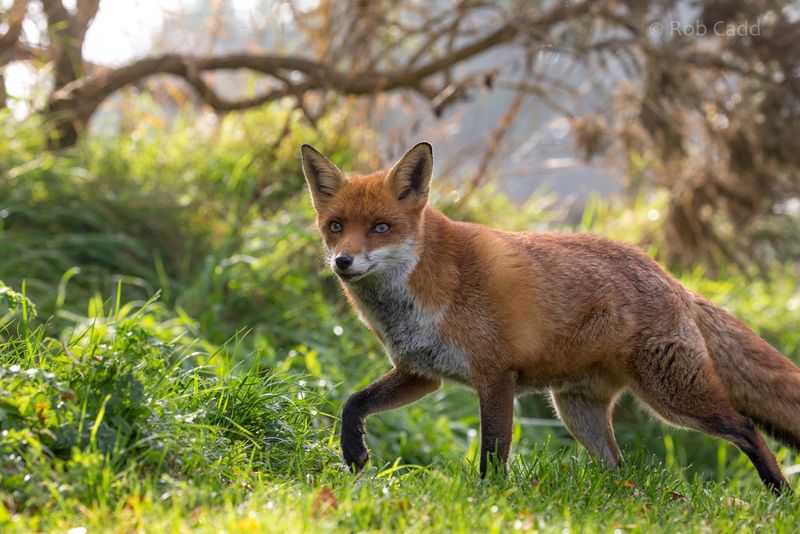
Foxes serve as environmental indicators, reflecting ecosystem health with their presence. As opportunistic feeders, their well-being signifies a balanced environment.
Monitoring fox populations helps track ecological changes, making them vital to conservation efforts.

